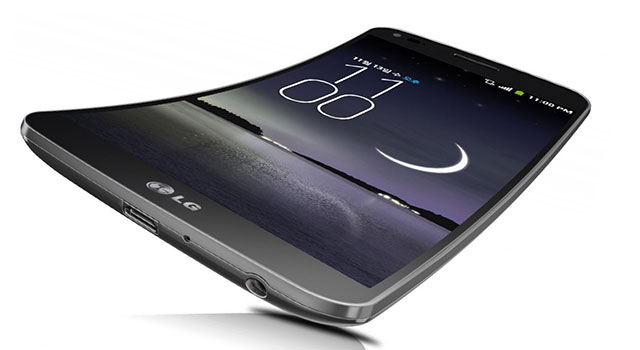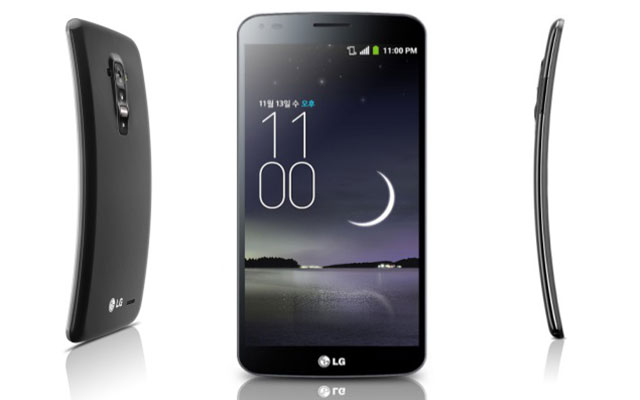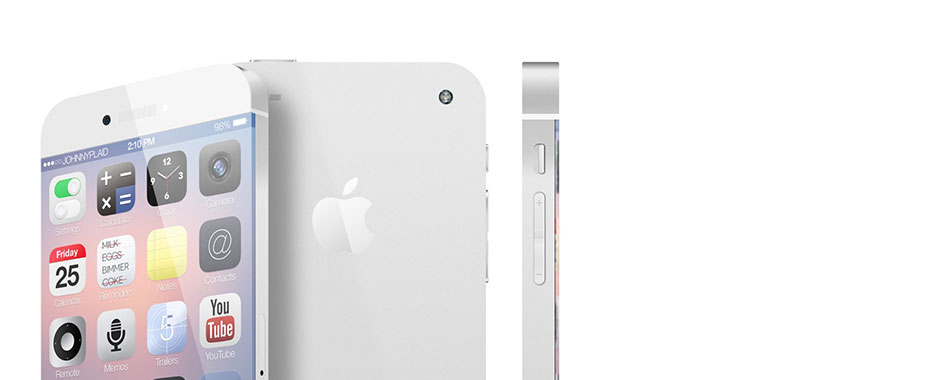
A curved display. In theory, it does sound like a clever idea because it fits better against your head when you are on a call. In reality, LG’s new G Flex is more gimmicky than practical.
The 4G/LTE-powered G Flex is, of course, characterised by its huge 6-inch curved OLED display, although it has a relatively low-resolution 720p screen. And the first thing you notice about the huge screen is the curve. But within minutes of admiring it for the first time, the question then becomes: why?
LG says the phone follows the curvature of your face and is meant to enhance the quality of voice calls by reducing the gap between the microphone and the user’s mouth. It also claims that in landscape mode, it is ideal for watching movies and playing games. We’re not convinced.
Firstly, the Flex is a little too big to be used comfortably for phone calls. Sure, if a phablet is what you are after, then you should have no complaints, but as a smartphone it’s a bit too large. It’s just not practical for everyday use.
As big as LG’s excellent 5,2-inch G2 is, it doesn’t feel like you’re pressing a book against the side of your head. The screen of the G Flex is not as sharp and crisp as the G2’s either — the latter’s 1080p resolution delivered 424 pixels per inch versus the 245ppi on the curved handset.
The G Flex is powered by the same speedy 2,26GHz quad-core Snapdragon 800 processor as the G2, and comes with 2GB of RAM and a generous 32GB of internal storage, although there’s no option to expand this using cards. We were impressed with the performance of the G2, so the experience using the G Flex is similar.

The G Flex has a few of the quirky — perhaps even controversial — design choices found in the G2, most notably the fact that the power and volume keys are on the back of the phone. But double-tapping the screen works really well to wake the phone.
The handset runs the now slightly dated Android 4.2.2 and the default Flex theme LG has applied is not the best we’ve seen. The icons are too bright and over-designed. The G2’s theme is better.
No camera stabilisation
Among additional applications LG has bundled with the Flex is the very handy Quick Translator, which translates whatever text is in front of you just by pointing the camera at it — very useful for people travelling to foreign countries. It is also able to translate your voice if you speak into the microphone.
All of LG’s essential apps come pre-loaded, of course, and include its backup, file manager and safety care emergency software.
The G Flex has the same 13-megapixel shooter with LED flash found on the G2, except, disappointingly, there is no optical image stabilisation. Don’t expect the same fantastic photos in low light due to the lack of OIS, but the camera is still great compared to some other Android handsets.
There’s no lag when taking continuous photos and it is capable of shooting video in full HD at 60 frames per second, while the front-facing, 2,1-megapixel camera does 1080p at 30fps.
A unique feature about the G Flex is its “self healing” back cover. The exterior back coating protects it from everyday scratches, giving a “like new” appearance.
The battery on the G Flex is larger than the G2’s, at 3 500mAh. Given how impressed we were with the G2’s 3 000mAh battery (more than 50% left by the end of the day), the G Flex has enough power for you not to have to worry about carrying a charger or portable battery pack around.
LG promises up to 720 hours on standby and up to 15 hours of talk time. If you ever need to make use of “battery saver” mode, it’s there, but you probably won’t.
The G Flex is expected to retail for R9 999 when it goes on sale in South Africa by June, compared to the R7 299 you’ll pay for the G2. For an extra R2 700, you are paying for a curved screen and, to be sure, the novelty will quickly wear off. There’s also the lack of OIS.
Frankly, we’d rather have the G2. — (c) 2014 NewsCentral Media
- See also: TechCentral’s review of the LG G2


